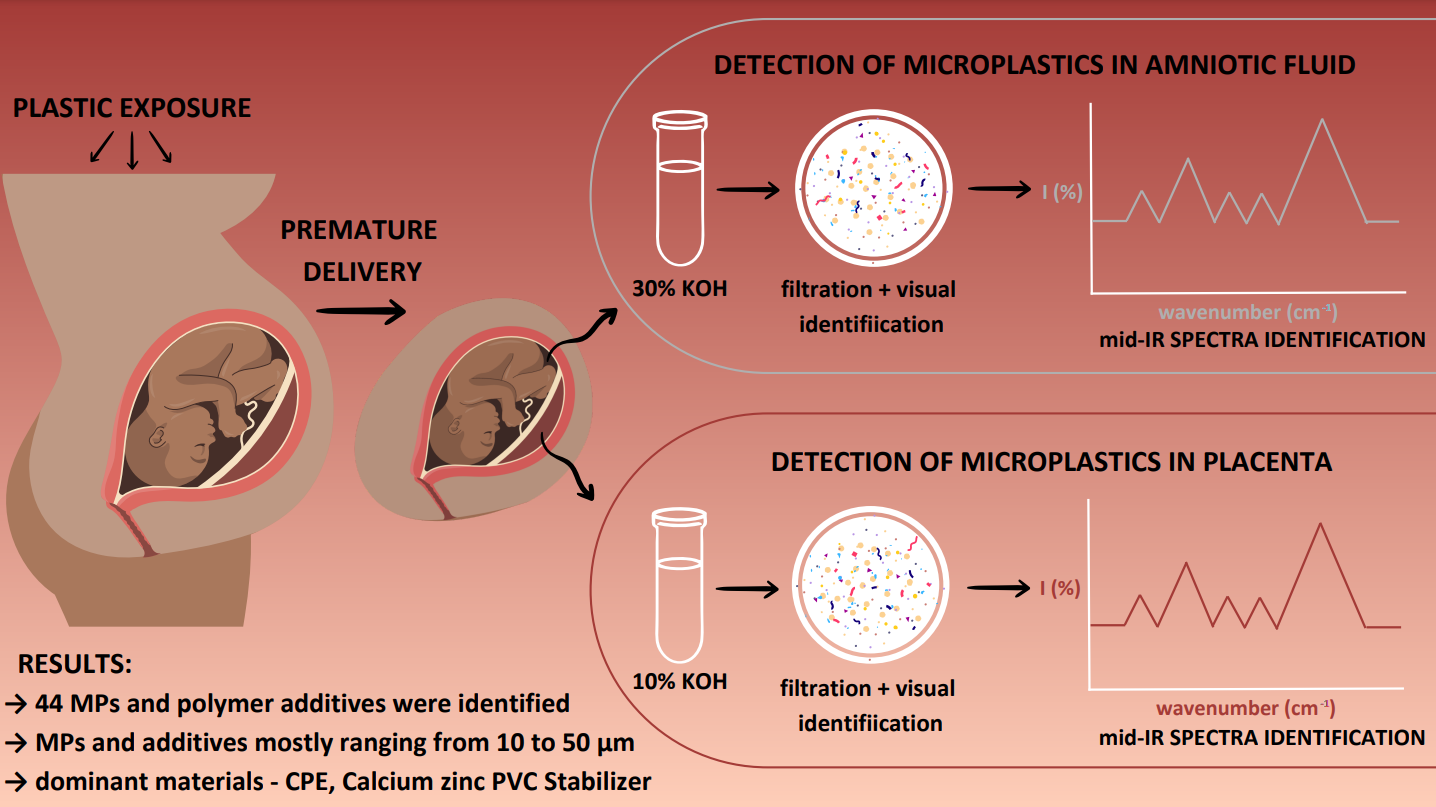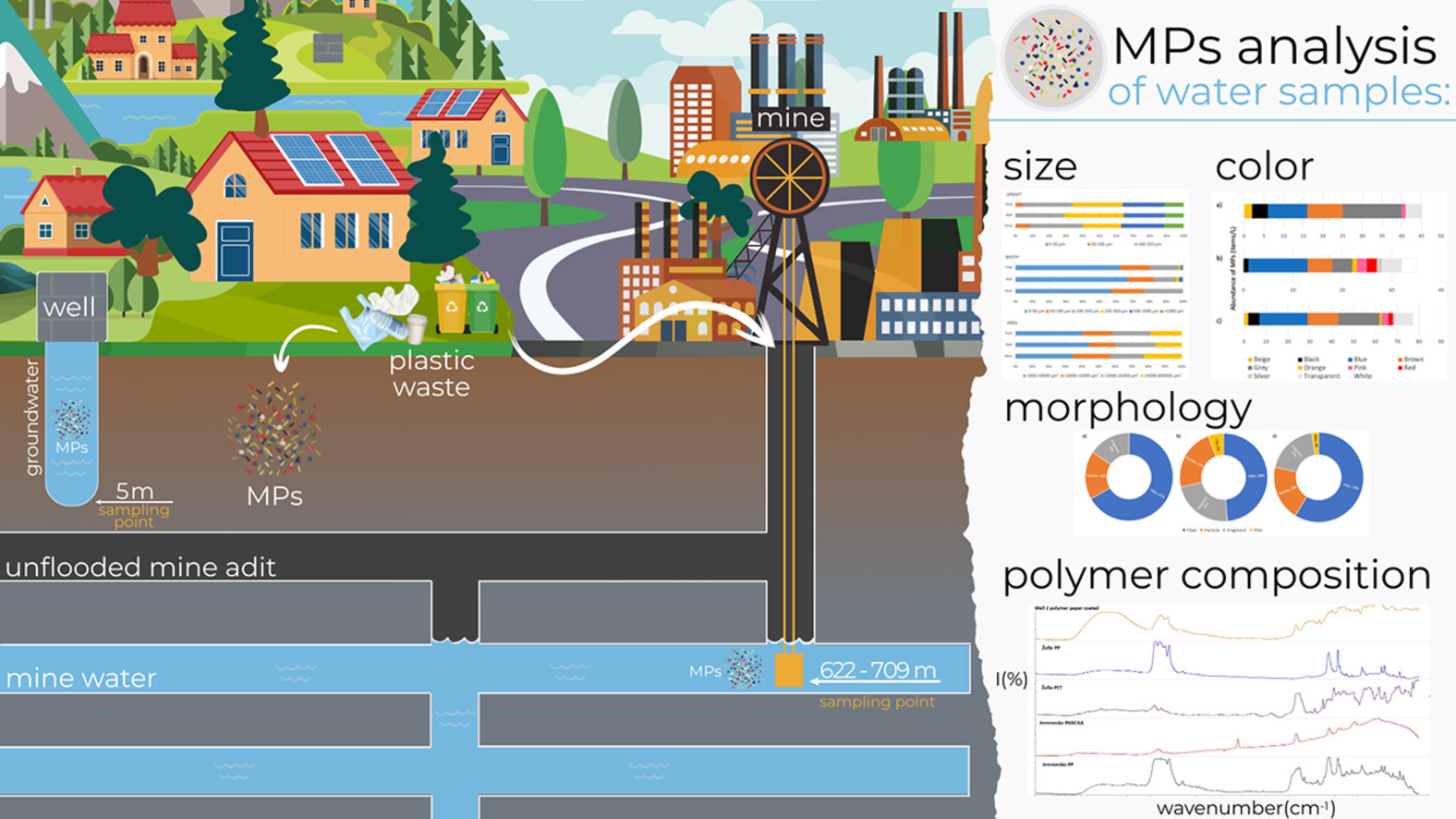Microplastics underground: our research reveals the first evidence of microplastics in mine water
Our research team is behind the first finding of microplastics in mine water in the Czech Republic's largest coal basin. In an investigation that included samples from mine workings and nearby shallow wells, we identified microplastics at all sites tested, both at a depth of 5 m below the surface and at a depth of 700 m below the surface.
Our findings may change the perspective on the issue of plastic contamination in groundwater, which may be a potential water source. At the same time, they raise the need for more detailed investigation and measures to protect groundwater from microplastic contamination. This research has been published in the prestigious journal Water Research.
Link to the article: https://www.sciencedirect.com/science/article/pii/S0043135423009788
"Taking samples of mine water from such a depth is not easy at all, because the average person cannot get there easily. In addition, the Diama staff had to follow instructions during the sampling process to avoid contaminating the samples with plastic materials." says Silvie Drabinová from the Department of Environmental Engineering, HGF, VŠB-TUO.
"Our results confirm that microplastics are part of not only plain groundwater, but also water from underground mines. Their occurrence is surprisingly significant in the case of mine water from such a depth, and moreover comparable to the number of microplastic particles found in water samples from a depth of about 5 m, where the probability of microplastic contamination is certainly higher." says Kateřina Brožová from the Department of Environmental Engineering, HGF, VŠB-TUO.
"Using infrared microspectroscopy, we identified a variety of materials from which the particles were made. Among the materials identified are polyethylene terephthalate, known as PET. There is also polyester or polypropylene, which everyone comes across in everyday life." says Jan Halfar from the Department of Environmental Engineering, HGF, VŠB-TUO.
"Fibre was the most common shape and blue was the most common colour. The width of the particles was mostly in the range of 1-50 µm and the length was in the range of 100-500 µm," says Kristina Čabanová from the Department of Environmental Engineering and the Centre for Advanced Innovative Technologies, VŠB-TUO.
"The results of this study add to the relevant research base in the field of microplastic pollution and help us understand the extent of microplastic pollution and its migration through the environment." concludes Professor Silvie Heviánková from the Department of Environmental Engineering at HGF, the leader of the research team.

